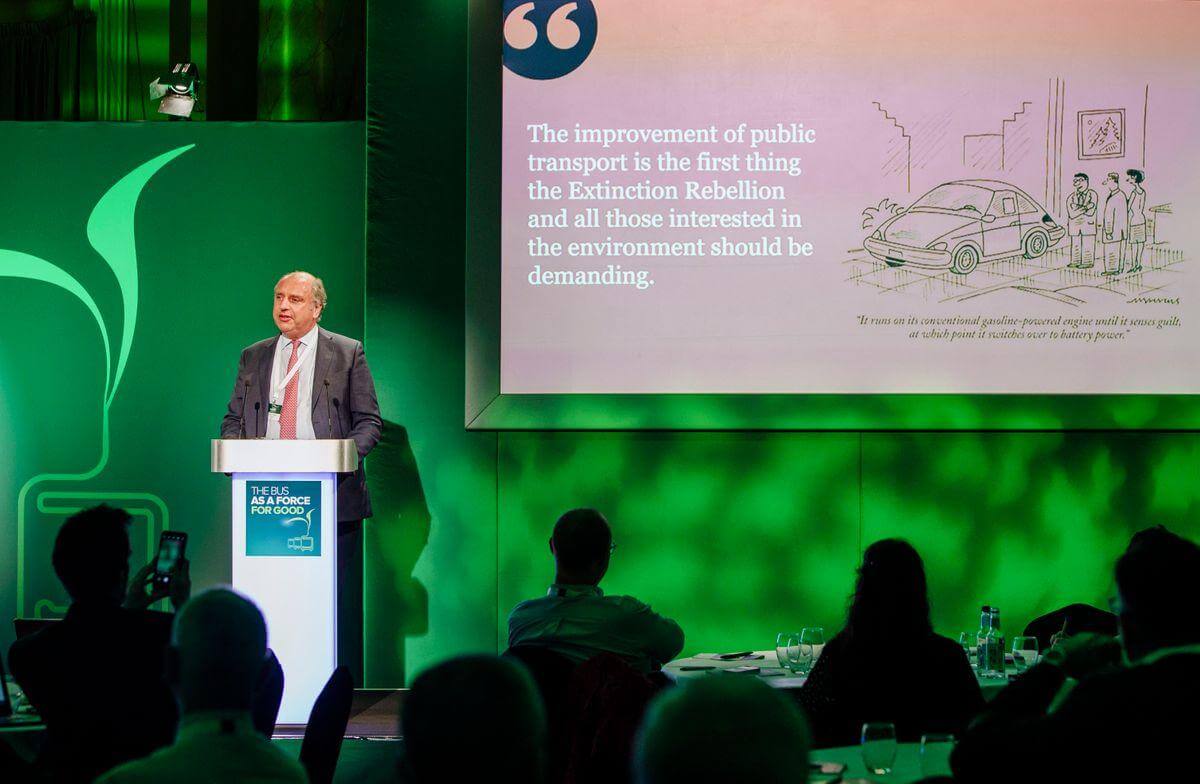
The environment and how the bus industry can benefit it was the main theme at the 2019 ALBUM Conference in Cardiff. James Day reports
This year, the Association of Local Bus Company Managers (ALBUM) Conference returned to Wales for the first time in more than 10 years. Cardiff Bus hosted the event, with some support from Newport Transport, and gave it the tagline ‘The Bus as a Force for Good.’
The event was held at Cardiff City Hall, with a fleet of eight buses and minibuses arranged outside. The fleet consisted of Mellor’s Strata Ultra-bodied Mercedes-Benz Sprinter, an Optare Metrocity, an Alexander Dennis Limited (ADL) Enviro400 alongside the ADL BYD Enviro200 electric demonstrator, two Mercedes-Benz Citaros (one in Cardiff Bus livery), an ADL Enviro400-bodied Scania biogas bus and an EVM Mercedes-Benz Sprinter.
Dave Guest was the host for the conference, as he has been for the last decade.
[…]By subscribing you will benefit from:
- Operator & Supplier Profiles
- Face-to-Face Interviews
- Lastest News
- Test Drives and Reviews
- Legal Updates
- Route Focus
- Industry Insider Opinions
- Passenger Perspective
- Vehicle Launches
- and much more!


